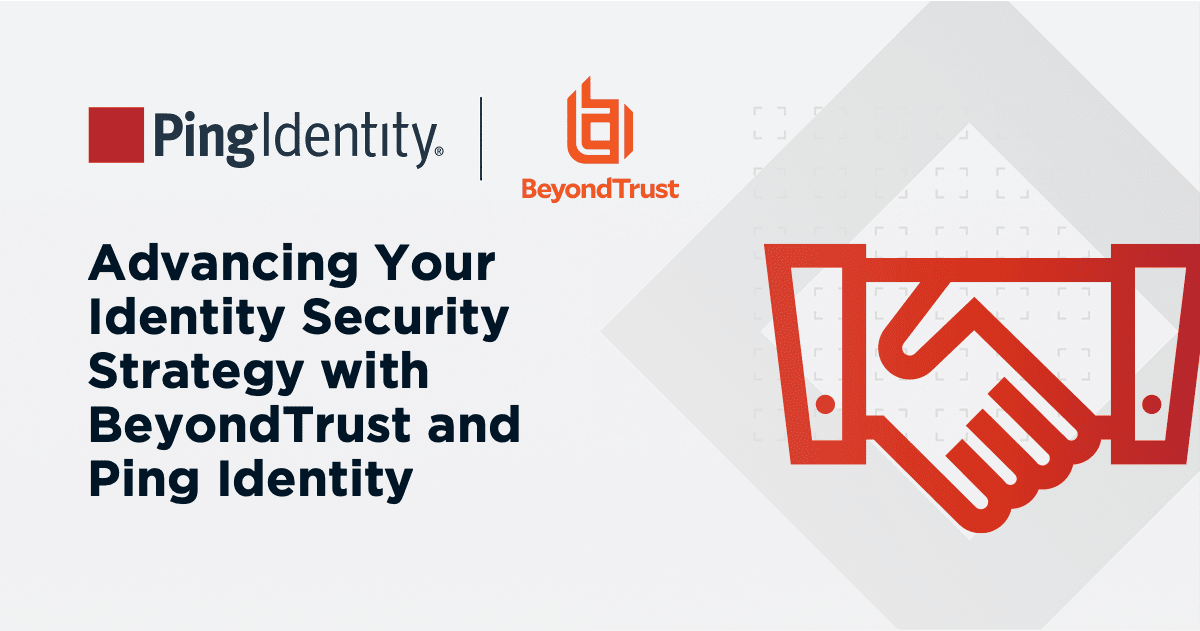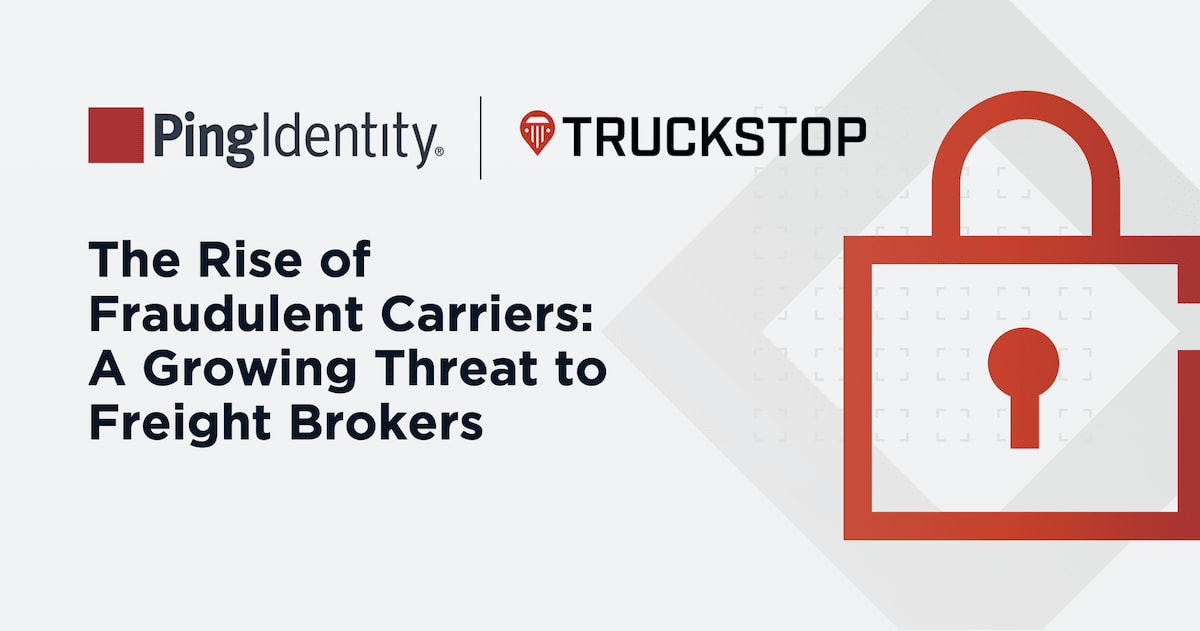
This story is presented to you as a joint effort by Ping Identity and Best Buy.
Walking into a Best Buy is a consumer electronics dream. Upon entering, you see the familiar and welcoming Best Buy “blue shirts” and know your electronic goals will be met. In the store, you will also see other shirts with logos of Best Buy partners like Apple, Microsoft, Samsung, and more, who collaborate with the company to help customers meet their varying technological needs. It’s truly a pretty awesome one-stop-shop experience, but did you ever stop to think about the complexity of the systems that allow these groups to work together in a shared space? For example, a Microsoft employee will probably not want to use an iPad, and an Apple employee should not be able to see Microsoft customer information and sales data. There are countless complexities with all of these vendors operating together in the same store. And all of these complexities are occurring in more than 1,100 locations globally.
Fortune 100 consumer electronics retailer Best Buy has not only nailed these very complex and numerous use cases, but it has done so with astounding efficiency. I recently had the pleasure of chatting with Greg Handrick, Director of Identity and Access Management (IAM) and Cryptography, and Vinodh Rajagopalan, Associate Engineering Director of IAM, and they explained how identity is driving efficiencies and secure yet pleasant user experiences for their employees, vendors and more.
Greg set the stage by explaining, “IAM is 100% centralized at Best Buy. Our team has global responsibility for all enterprise identities, which includes all employees, contractors, non-human accounts, bot accounts and vendors. We have a total of 180,000 identities under management.”
Best Buy began its journey with Ping in 2009, using PingFederate with a very niche use case. By 2020, Best Buy was experiencing issues with its IAM infrastructure, which consisted of Oracle Access Manager, Microsoft ADFS, SecureAuth and some homegrown solutions, all running on-premises. Vinodh explained, “Things were too complex. We didn’t have great support from our existing vendors, and we also began finding some bugs. But what was really important was our increasing need for flexibility and the ability to customize certain solutions.”


